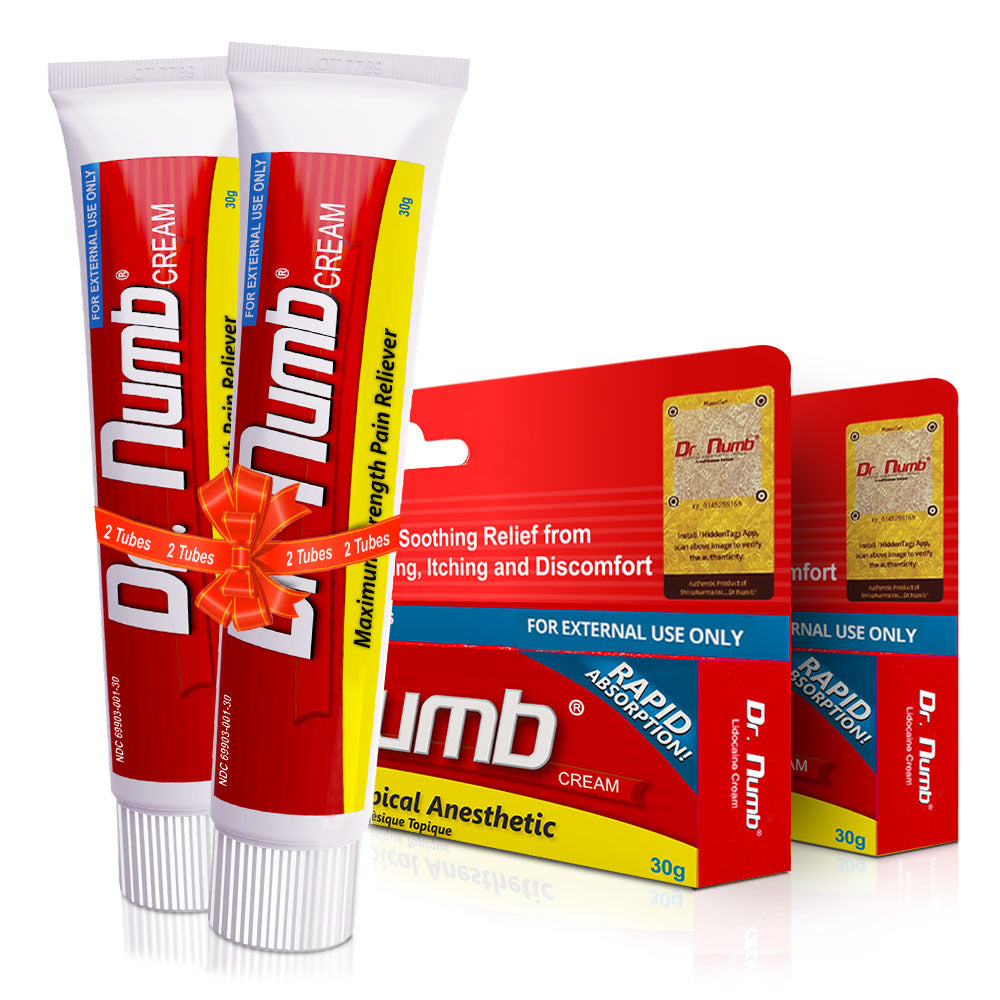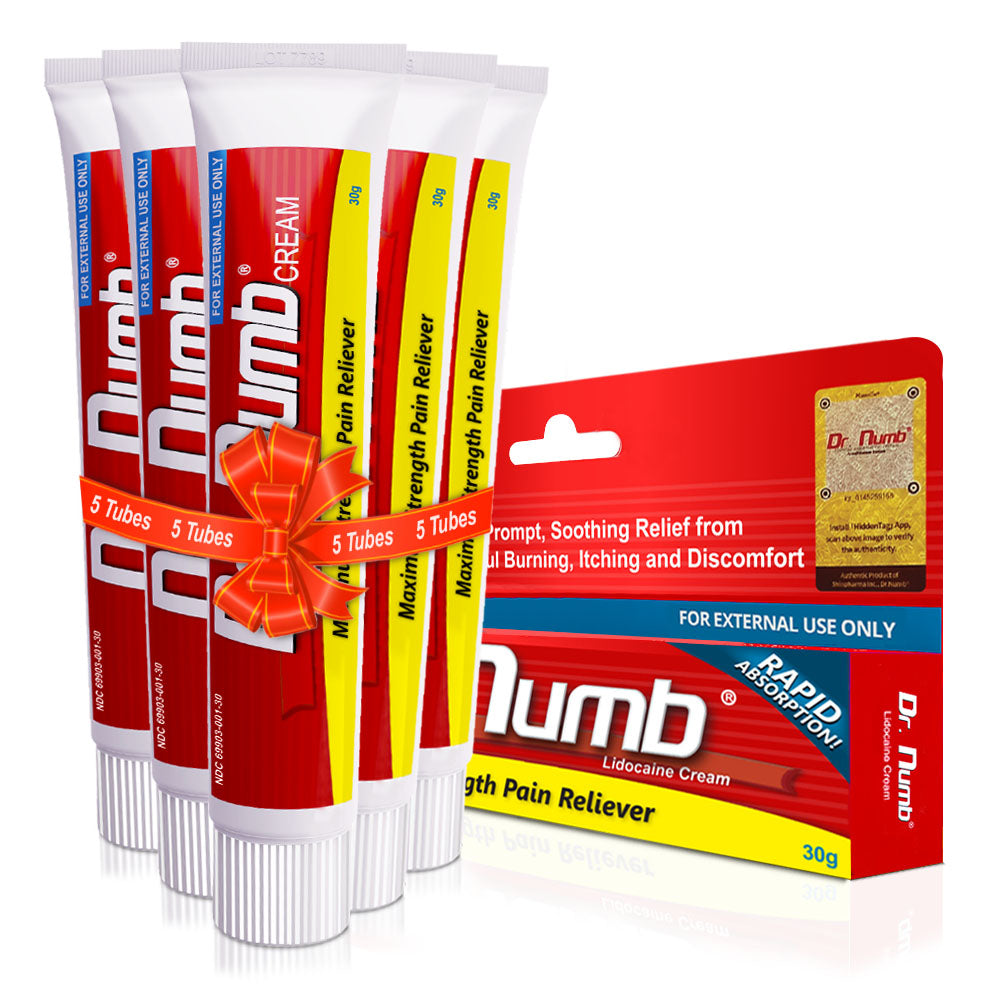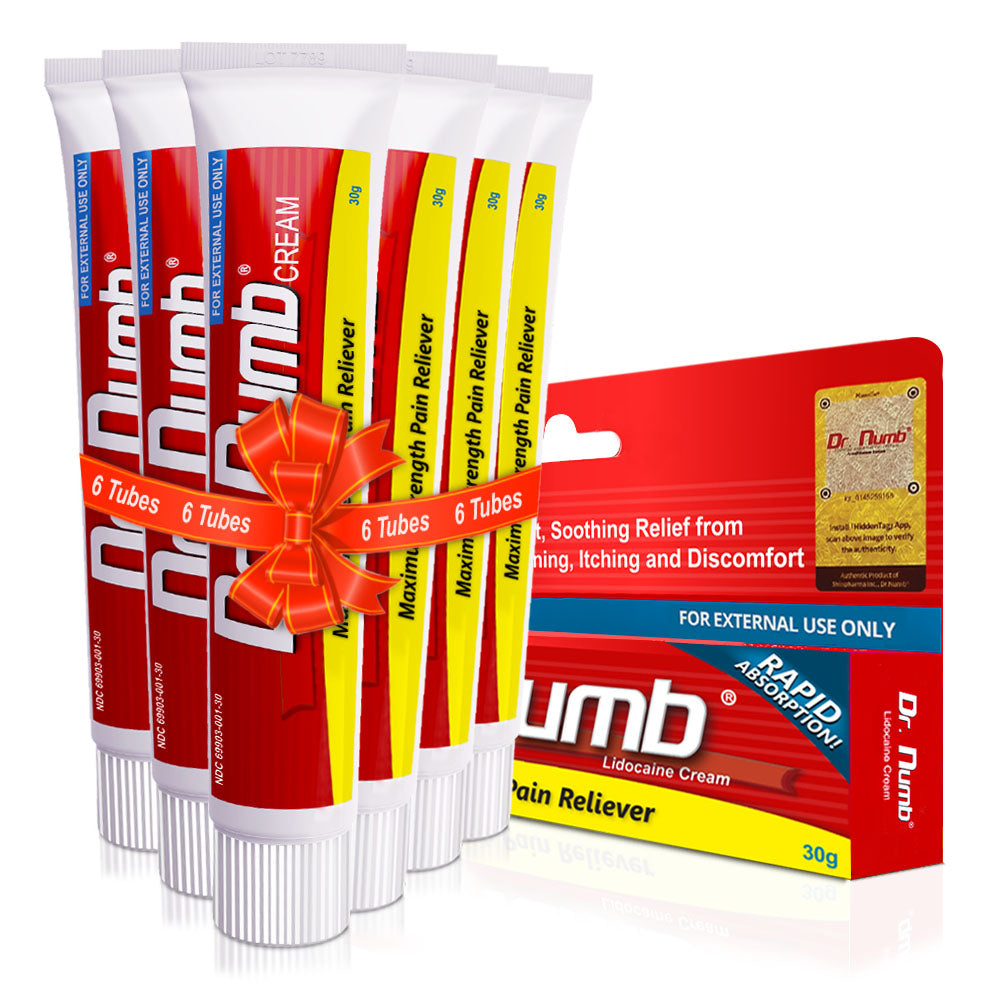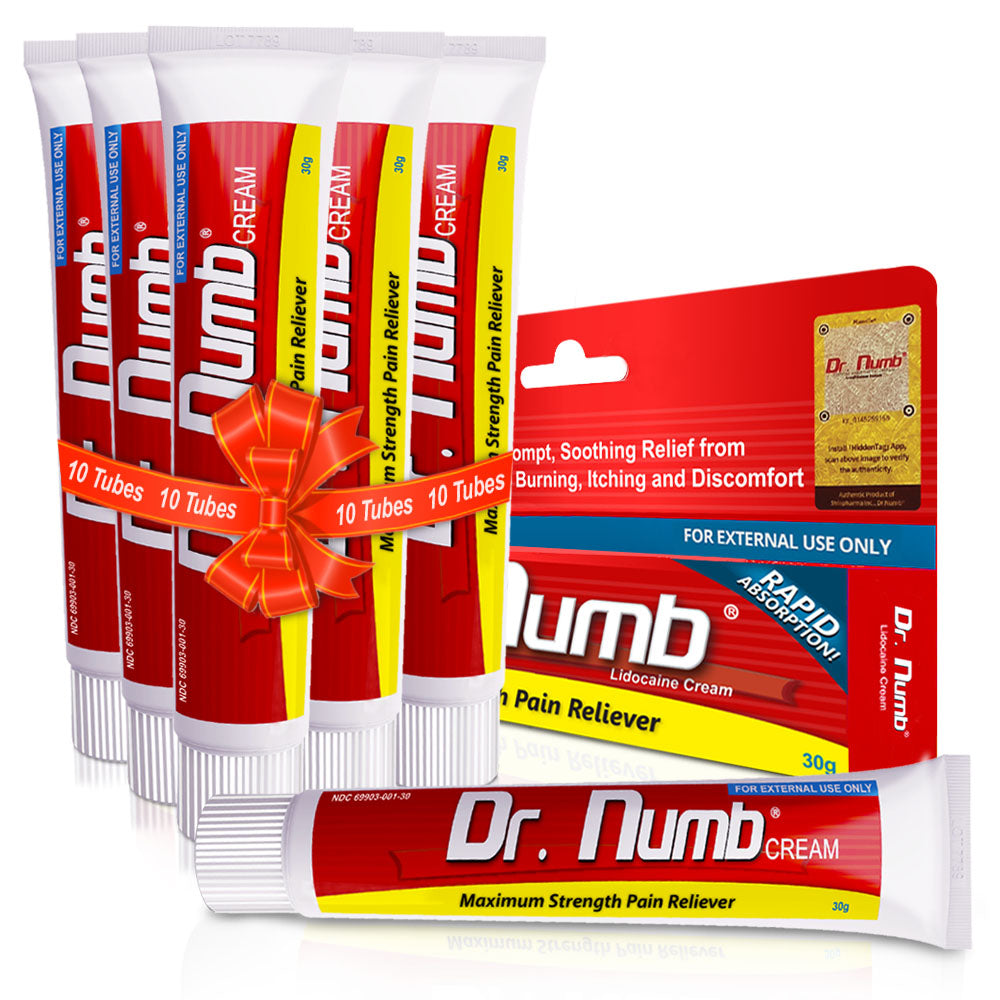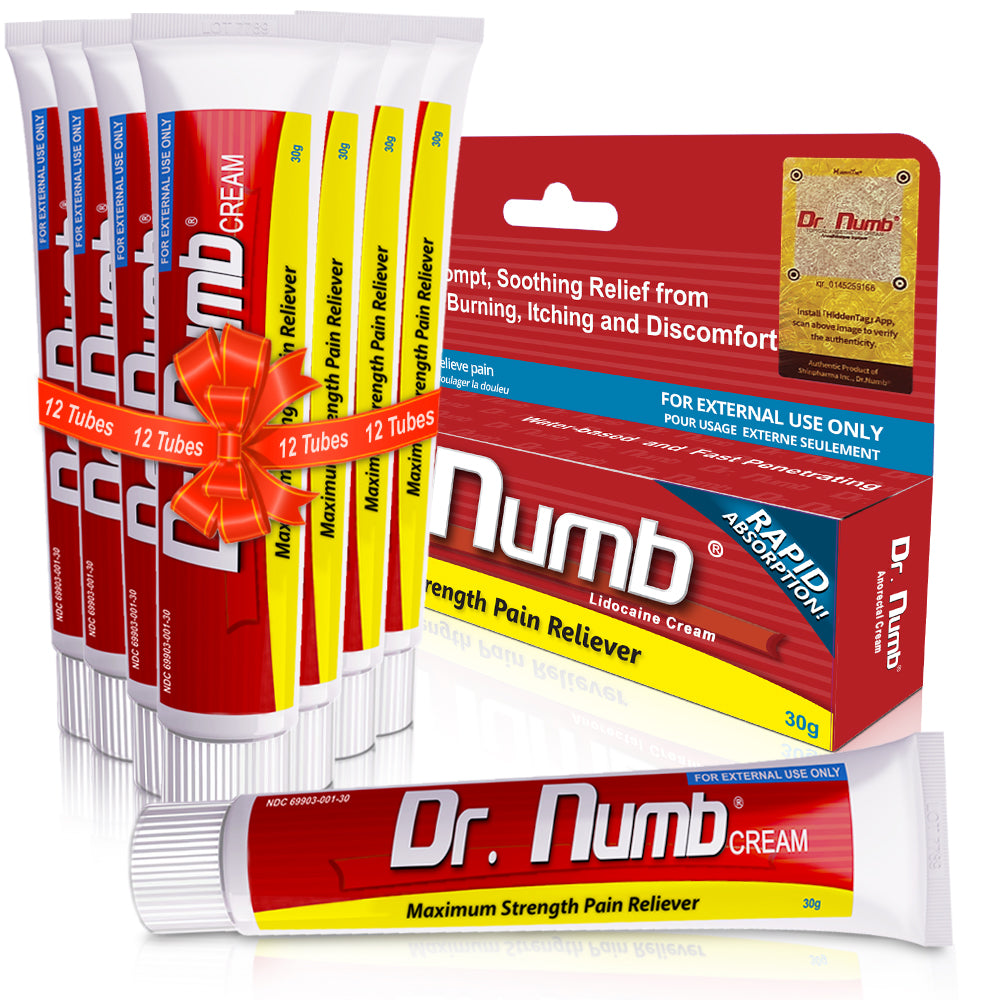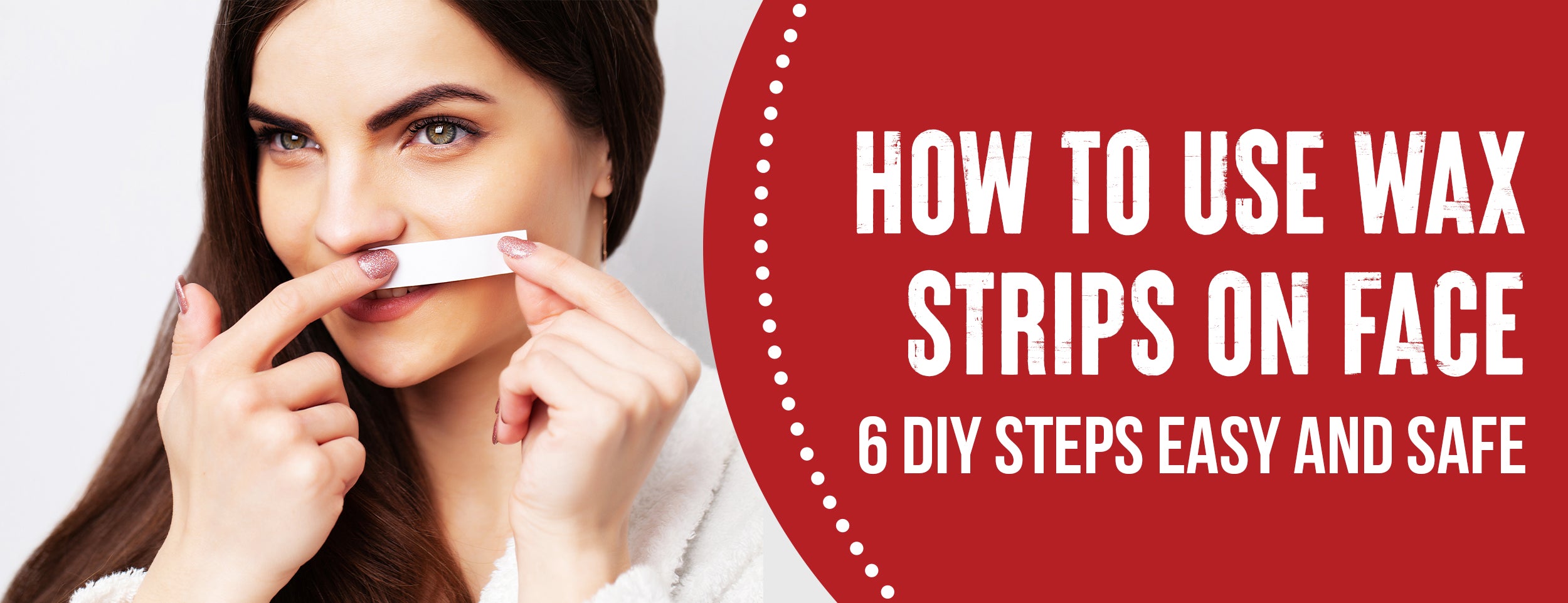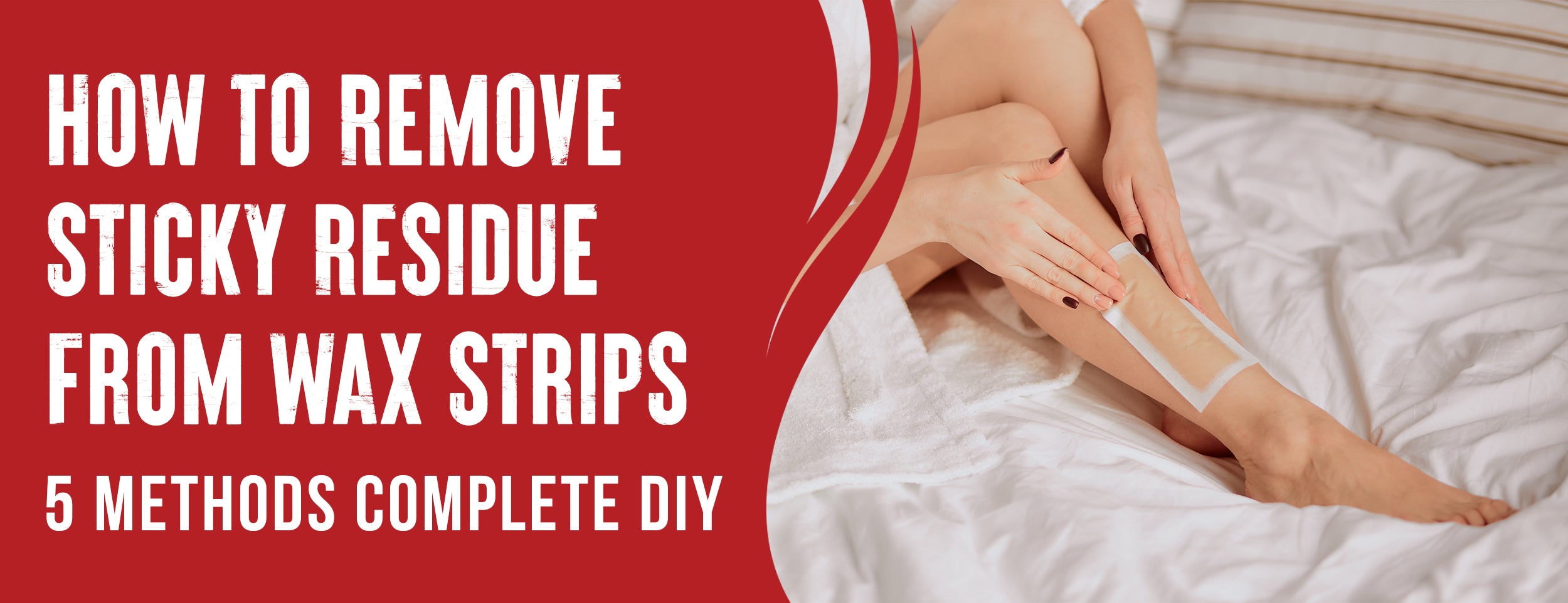You can apply skim milk to the affected area every few hours and soak it in a cold water bath or washcloth for a few minutes to relieve the pain. A small, ingrown hair usually disappears on its own.
Ingrown hairs are a common problem for waxers. Hair grows back into the skin instead of through the surface, causing redness, inflammation, and infection. You can soothe irritated skin and promote healthy hair growth with many effective treatments.
This guide will discuss prevention strategies, ingrown hair treatment, targeted products for ingrown hair treatment, seeking professional care, and long-term hair removal solutions.
How to Treat Ingrown Hairs After Waxing: 4 Treatment Methods

With the proper treatment, you can soften the affected area, remove the ingrown hair, and soothe your skin for a smoother and more comfortable experience. We will explore some expert tips on how to effectively treat ingrown hairs after waxing:
Soften the Skin with Warm Water
Before removing the ingrown hair, softening the skin in the affected area is vital. This will help to open up the pores and make it easier to remove the hair without causing further irritation. Here's how to do it:
- Take a warm shower or bath, or soak the affected area in warm water for at least 10 minutes.
- Avoid hot water, which can further irritate the skin and increase inflammation.
Gently Exfoliate the Affected Area
Once the skin is softened, it's time to exfoliate the affected area gently. This will help to remove any dead skin cells and unclog the pores, making it easier to remove the ingrown hair. Here's how to do it:
- Use a gentle exfoliating scrub or washcloth to massage the affected area in a circular motion.
- Avoid harsh scrubs or over-exfoliating, as this will only worsen the problem.
Remove the Ingrown Hair
Now that the skin is softened and exfoliated, it's time to remove the ingrown hair. It's essential to do this carefully and gently to avoid further irritation. Here's how to do it:
- Use sterile tweezers to pull the hair out of the skin gently.
- Avoid digging or picking at the skin, which can cause further inflammation and scarring.

Soothe the Skin with Anti-Inflammatory Products
Once the ingrown hair is removed, it's essential to use products that reduce inflammation to reduce redness and swelling. Here's how to do it:
- Apply a soothing cream or lotion containing anti-inflammatory ingredients like aloe vera, chamomile, or tea tree oil.
- Avoid using products containing alcohol or fragrances, as these can further irritate the skin.
Ingrown Hair Treatment After Waxing: 4 Prevention Tips
Ingrown hairs are always a concern when waxing. Hair curls into the skin rather than growing out. To prevent ingrown hairs, it's essential to take preventative measures. Ingrown hairs can be painful and unsightly. We will cover 4 prevention strategies to prevent ingrown hairs.
Leave Waxing to a Professional
While at-home waxing kits may seem convenient and cost-effective, they often increase the risk of ingrown hairs. Home waxing can be tricky, requiring proper technique and knowledge of the right products.
By choosing to have your waxing done by a professional, you can reduce your risk of ingrown hairs by leaving the job to someone with the expertise and experience to do it properly.
Exfoliate Before and After Waxing

Exfoliating your skin before and after waxing can help prevent ingrown hairs. Scrubbing away dead skin cells and unclogging pores can encourage hair to grow correctly, reducing the likelihood of it curling back into the skin. Use a gentle exfoliating scrub before and after waxing to keep your skin silky-smooth and free of ingrown hairs.
Hydrate and Moisturize the Skin
Dry, irritated skin can increase your chances of developing ingrown hairs after waxing. Keeping your skin hydrated and moisturized can help reduce inflammation and prevent hair from getting trapped under the surface. After waxing, moisturize like aloe vera or coconut oil to keep your skin healthy and refreshed.
Consider Clothing Choices
Wearing tight-fitting clothing or fabrics that rub against the skin can increase the likelihood of ingrown hairs developing. Opt for loose-fitting, breathable clothing made from natural fibers to reduce friction and allow your skin to breathe. Choosing clothes that don't rub against your skin can help prevent ingrown hairs from forming after waxing.

Treatment for Ingrown Hairs After Waxing: Targeted Products
If you've ever experienced ingrown hairs after waxing, you know just how uncomfortable and unsightly they can be. Various targeted products and remedies are available to help mitigate the symptoms and resolve the issue. Let's take a closer look at some of the most effective treatments on the market.
Ingrown Hair Treatment Products
- Exfoliating Pads: These pads contain a gentle chemical exfoliant that helps to prevent ingrown hairs and soothe the skin. They are convenient for on-the-go use and can be used on multiple body areas.
- PFB Vanish: This roll-on formula is explicitly designed for ingrown hairs, razor burns, and bumps. The active ingredients dissolve dead skin cells, allowing hair to grow without obstruction.
- Tend Skin: Tend Skin is a popular ingrown hair treatment and prevention option. This liquid solution contains salicylic acid and a blend of plant extracts that help to reduce inflammation and redness.
Topical Treatments for Ingrown Hairs
Tea Tree Oil: Tea tree oil is an all-natural remedy with antibacterial and anti-inflammatory properties. It can be applied directly to the affected area to reduce swelling and irritation.
- Aloe Vera: Aloe vera is a well-known remedy for soothing irritated skin. It can help to reduce redness and inflammation caused by ingrown hairs.
- Hydrocortisone Cream: Hydrocortisone cream is a topical steroid that can help to reduce inflammation and itching caused by ingrown hairs. Using this product as directed is essential, as overuse can lead to skin thinning.
Natural Remedies for Ingrown Hairs

- Sugar Scrub: A sugar scrub is a DIY remedy made at home using sugar and oil. Gently massage the scrub into the affected area to exfoliate and remove dead skin cells.
- Witch Hazel: Witch hazel is a natural astringent that can relieve inflammation and redness caused by ingrown hairs. Apply it directly to the skin using a cotton ball.
- Baking Soda: Baking soda is a natural exfoliant that can help to unclog hair follicles and prevent ingrown hairs. Mix it with water to make a paste, apply it to the affected area, and rinse off after a few minutes.
Treating Ingrown Hair After Waxing: Professional Care
While there are home remedies and prevention techniques you can try, sometimes seeking professional care is necessary to treat ingrown hairs effectively. We will explore when to seek professional help and how to find a seasoned waxing technician or dermatologist for ingrown hair removal.
When to Consult with a Dermatologist
If your ingrown hairs are persistent or severe, it may be time to consult a dermatologist. Dermatologists specialize in treating skin issues and have the knowledge and expertise to treat ingrown hairs effectively. Here are some signs that it's time to schedule an appointment with a dermatologist:
- Large, painful, or inflamed ingrown hairs.
- Recurring ingrown hairs in the same area.
- Signs of infection, such as pus or redness.
- Ingrown hairs cause dark spots or scarring.
Find a Seasoned Waxing Technician
Prevention is vital for ingrown hairs, and finding a seasoned waxing technician can help. Here are some tips for finding a technician who can help prevent and treat ingrown hairs:
- Look for technicians who have received proper training and have years of experience in waxing.
- Check online reviews or ask for recommendations from friends or family members who have had positive experiences with a particular technician.
- A skilled waxing technician will use proper techniques to minimize the risk of ingrown hairs, such as using high-quality wax, pulling the skin taut, and trimming inches before waxing.

Professional Ingrown Hair Removal Techniques
If you have ingrown hairs, a seasoned waxing technician can also help remove them safely and effectively. Here are some professional ingrown hair removal techniques:
- Exfoliation: A technician can apply a gentle scrub or chemical peel to remove dead skin cells and reveal the ingrown hair.
- Sterile extraction: If the ingrown hair is close to the skin's surface, a technician can use sterilized tweezers or a needle to extract it carefully.
- Topical treatments: A technician may recommend a topical treatment containing salicylic acid or glycolic acid to help remove dead skin cells and clear the hair follicle.
Conclusion
Treating ingrown hairs after waxing takes effort, but keeping your skin healthy and smooth is worth it. There are many ways to treat ingrown hairs, from prevention strategies like exfoliation and moisturizing to targeted products like topical treatments and natural remedies.
Seeking professional care from a dermatologist or waxing technician can also be helpful. And if you're looking for a more long-term hair removal solution, consider options like laser hair removal or electrolysis. With these tips and strategies, you can say goodbye to annoying ingrown hairs and hello to beautiful, healthy skin.




